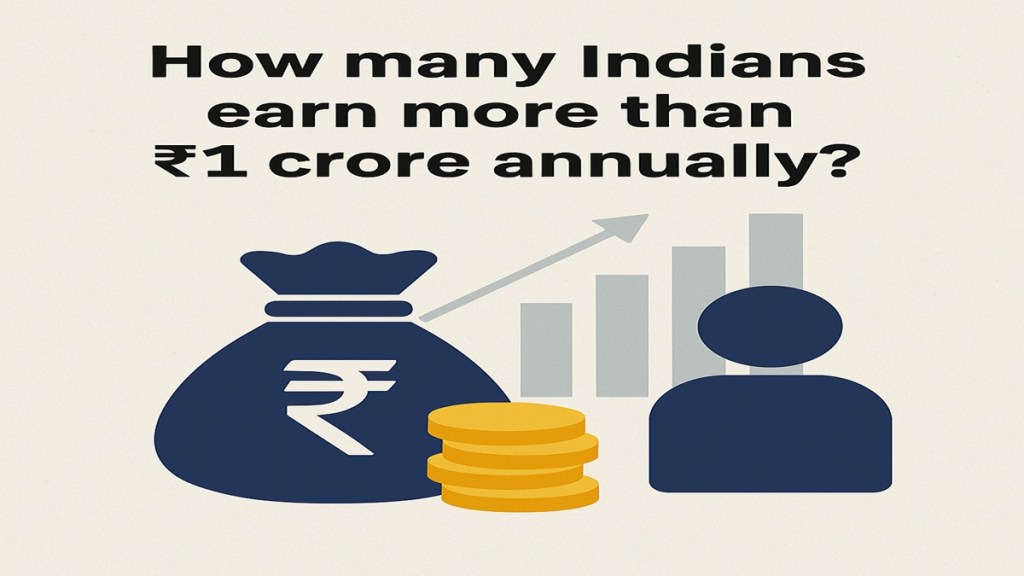The number of high income taxpayers in India has grown rapidly in recent years. According to the Mercedes-Benz Hurun India Wealth Report 2025, the number of income tax return (ITR) filers with annual incomes exceeding Rs 1 crore nearly tripled in the six years (2018-2024).
According to official income tax data provided in the report, while approximately 81,000 taxpayers had incomes exceeding Rs 1 crore in Assessment Year (AY) 2017–18, this number increased to approximately 2.27 lakh by AY 2023–24. This increase reflects the rapid growth of prosperity in India, thanks to economic development, entrepreneurship, and strong equity market growth.
The pyramid of high-income earners quickly narrows
The report also shows that the taxpayer pyramid narrows rapidly as one moves up. This means that while millions of people have now entered the income bracket of Rs 1 crore+, the number of people reporting incomes of Rs 5 crore, Rs 10 crore, or more is very low. This means that while becoming a millionaire has become easier than before, reaching the ultra-rich category is still only possible for a select few.
A flood of new millionaires in India
According to the Hurun India Wealth Report 2025, India has become one of the fastest-growing wealth-generating economies in the world. The country now has 8.71 lakh millionaires (households with a net worth of more than Rs 8.5 crore), a 90% increase compared to 2021.
Although the number of millionaires and multi-millionaires is increasing, the path to becoming a billionaire remains very difficult. The report states that:
Only a small number of millionaires reach a net worth of Rs 1 billion or Rs 2 billion.
After this, the pyramid shrinks rapidly — only 0.07% of millionaires reach Rs 1,000 crore, and only 0.01% become billionaires.
What does this mean for taxpayers?
These statistics highlight two realities for taxpayers and policymakers:
Prosperity is spreading—more Indians are filing ITRs showing income in crores.
Wealth remains highly concentrated—the ultra-rich class remains extremely small and select.
The report says that this trend will have a major impact on areas such as taxation policy, wealth distribution, and luxury consumption.
As India’s tax base expands and more people move into the Rs 1 crore-plus income bracket, it’s not just a sign of growing prosperity, but also a reminder of the need for a robust and inclusive economic framework that can sustain this upward momentum while also balancing growing inequality at the top.


